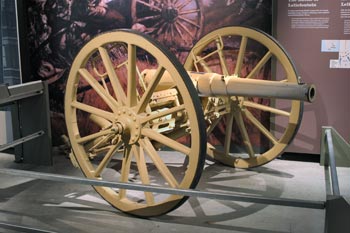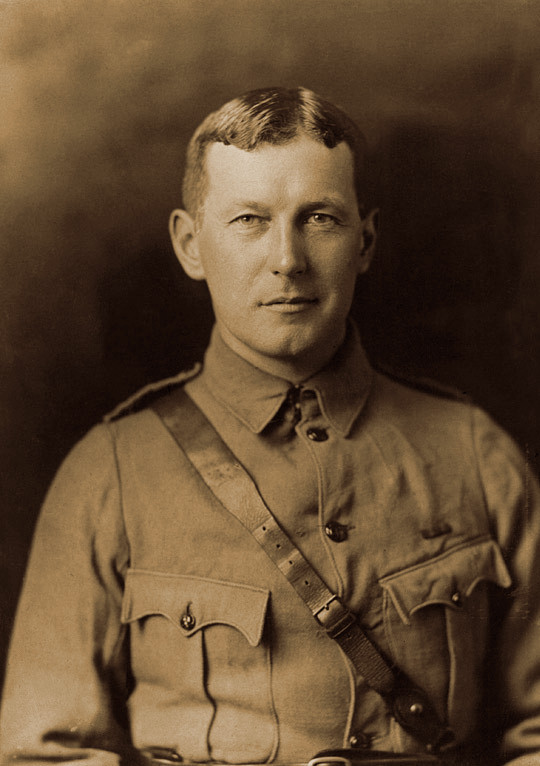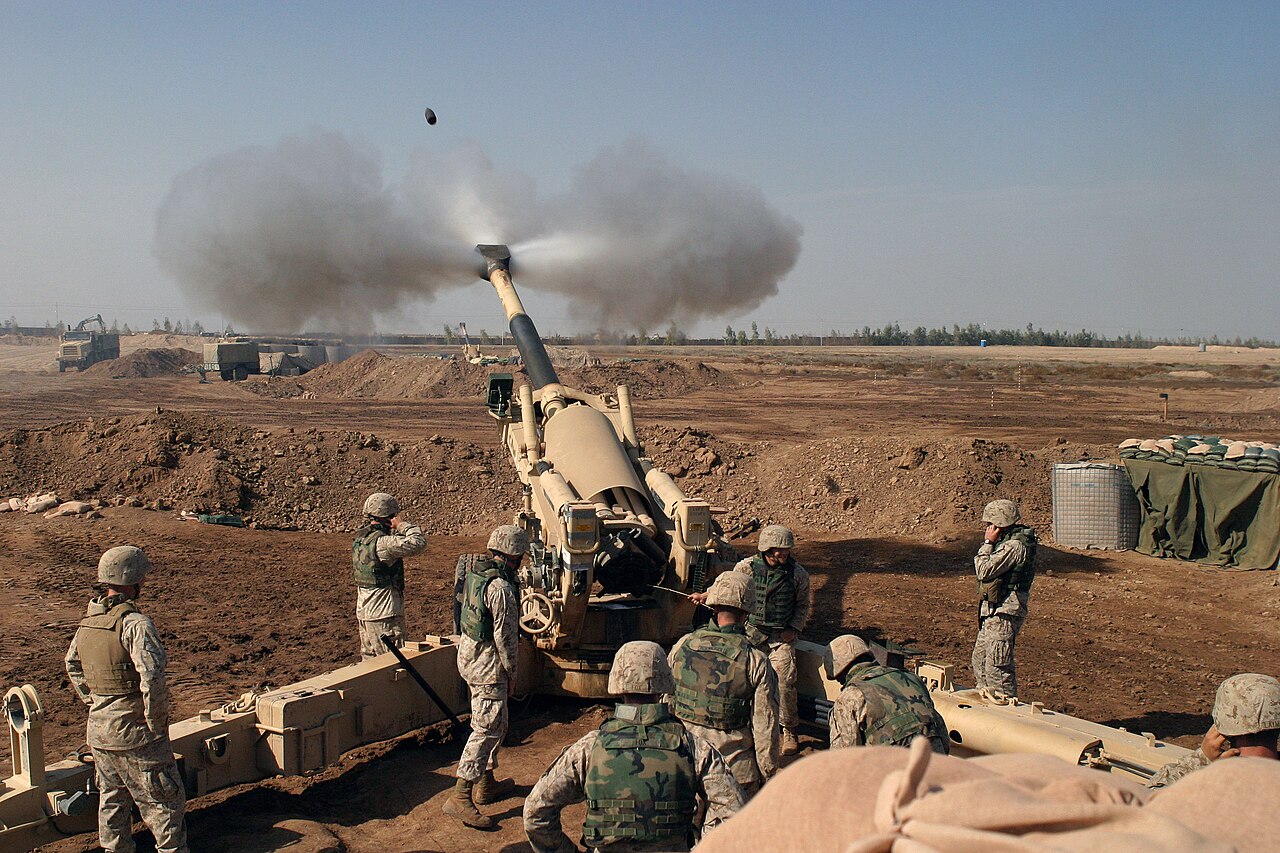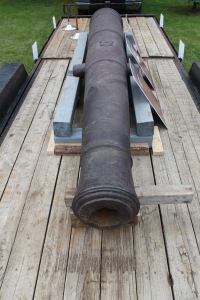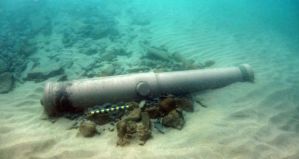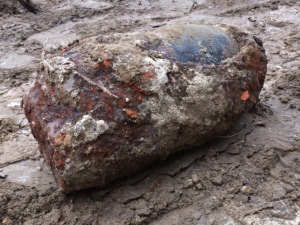A week and a half ago, 26 September, marked the 327th anniversary of the destruction of the Parthenon in Athens during a Venetian siege of the city. On that date in 1687—and in fact, it was a Friday as it was this year—a mortar round penetrated the marble roof of the 2,000 year old temple and ignited a store of gunpowder that the defending Ottomans had placed there. The resulting explosion killed about 300 people and destroyed a building that was in succession a Greek temple, a Christian church, an Islamic mosque and, ultimately, an enduring symbol of the splendor and longevity of Athenian history.
The origins of the siege of Athens and ultimately the destruction of the Parthenon lay in the larger Great Turkish War (1683-1699), which pitted a “western” alliance of the Venetian Republic, the Holy Roman Empire, and the Polish-Lithuanian Commonwealth against the Ottoman Empire. Venice and the Ottomans had long competed for hegemony in the eastern Aegean Sea, and Venice sought to gain territory.
Francesco Morosini was chosen as Captain General of the expedition. He swiftly gained the southern peninsula of the Greek mainland, the Peloponnese, known at that time as the Morea. He marched all the way up to the Isthmus by the middle of 1687. At a council at Corinth, it was decided that Athens would be the next objective.

Francesco Morosini, doge of Venice (1688-1694) and commander of the expedition to Morea and Athens in 1687.
On 21 September, the Venetians landed at the Piraeus, then called Porto Leone for the classical lion statue that stood by the harbor. The Turkish garrison withdrew to the Acropolis, where it then improved the walls and installed guns. Morosini’s forces advanced into Athens uncontested. Venetian indirect fire assets occupied Mouseion Hill, the Pnyx, and the Areiopagos; shelling began 23 September.

Venetian artillery and mortar positions during the siege of 1687.
In one of his reports to Venice, Morosini explains that “two batteries, the one made up of six pieces of cannon, and the other of four mortars” were deployed to harass (“tormentar”) the enemy. Of particular interest is a set of maps, produced by the chief engineer of the expedition, Verneda, showing the Venetian positions in the city. Two mortars were emplaced on the east side of the Acropolis, and Verneda’s drawings make it seem that these were the guns that fired the shot that destroyed the Parthenon.
While the cannons were accurate, the mortars left something to be desired. The mortars commander, Mutoni, had to be “publicly corrected” by Morosini’s second-in-command, the Swedish Count Koenigsmarck. Venetian “bombs,” the term for mortar rounds, had struck an ammunition deposit in the Propylaea, igniting it. Then, a Turkish defector made his way to the Venetians and explained that the Ottomans had moved their gunpowder into the Parthenon.
This is where questions come in about whether the Venetians intentionally targeted the Parthenon, or that it was simply a lucky (or unlucky) round that managed to penetrate the heretofore intact marble roof of the ancient temple. Morosini called it a “fortunato colpo”—fortunate shot. A companion to Koenigsmarck’s wife recounts that Koenigsmarck felt compelled to fire on the temple. An anonymous Venetian officer present at the time believed that the bombardment was conducted randomly, owing to Mutoni’s poor gunnery. A Hanoverian soldier fighting with the Venetians reported that the Parthenon was deliberately bombarded for two days before the fateful round struck the powder inside. Finally there is the account of a certain Major Sobiewolsky; he relates the story of the Turkish deserter. Then he writes:
Upon this report [of the Turkish deserter], several mortars were directed against the temple, but none of the bombs was able to do damage, particularly because the upper roof of the temple was somewhat sloping and covered with marble, and thus well protected. A lieutenant from Lüneburg, however, offered to throw bombs into the temple, and this was done. For one of the bombs fell through (the roof of) the temple and right into the Turkish store of powder, whereupon the middle of the temple blew up and everything inside was covered with stone, to the great consternation of the Turks.”
Ultimately, it seems the evidence supports the Sobiewolsky’s account and the “intentional” interpretation. Historian Theodor E. Mommsen points to a 1684 agreement between Duke Ernst August of Braunschweig (Brunswick) and Lüneburg and the Venetian Republic that stipulates that the Duke send troops to Venice, including mortars. So, Mommsen concludes, the mortars in the Venetian expedition were probably from the Duchy of Braunschweig and Lüneburg, making it not unlikely that a “lieutenant from Lüneburg” did indeed direct the fatal shot. One of Verneda’s plans greatly strengthens this interpretation: the mortar position east of the Acropolis is shown to fire the ultimate round, and that area is labeled “Quartieri del Reg[imen]to del Principe di Bransuich”—the quarters of the Prince of Braunschweig’s regiment.

View of the destruction of the Parthenon, with illustrations of trajectories of Venetian rounds. From Fanelli’s “Atene attica” (1707).
Three hundred people, both men and women as Morosini reports, were killed, and fragments of marble were sent into the Venetian lines. Three out of the four walls of the Parthenon nearly collapsed and most of the famous frieze fell to the ground. Fourteen of the 46 outer columns, each weighing an average of 80 tons, fell. A fire burned for two days on the Acropolis before the Turks surrendered and ultimately evacuated on 4 October. But with an Ottoman force encamped to the north at Thebes, it was necessary to supply Athens entirely from the sea. Morosini had foreseen some of the logistical difficulties of holding on to the city and had objected to attacking Athens in the first place. By March 1688, the Venetians had evacuated Athens, but not before Morosini had collected some antiquities as victory trophies, including the Piraeus Lion mentioned earlier. Their occupation had accomplished little besides temporarily pushing the Ottomans north and is only well known for the destruction it did to the Parthenon. It was, as the archaeologist James M. Paton wrote, “one of the earliest and surely one of the most deplorable instances of ‘military necessity’ directing modern weapons against a supreme work of art.”

Pockmark from the Venetian assault on the Parthenon.

Marks left on the Parthenon from Venetian artillery or mortars.

